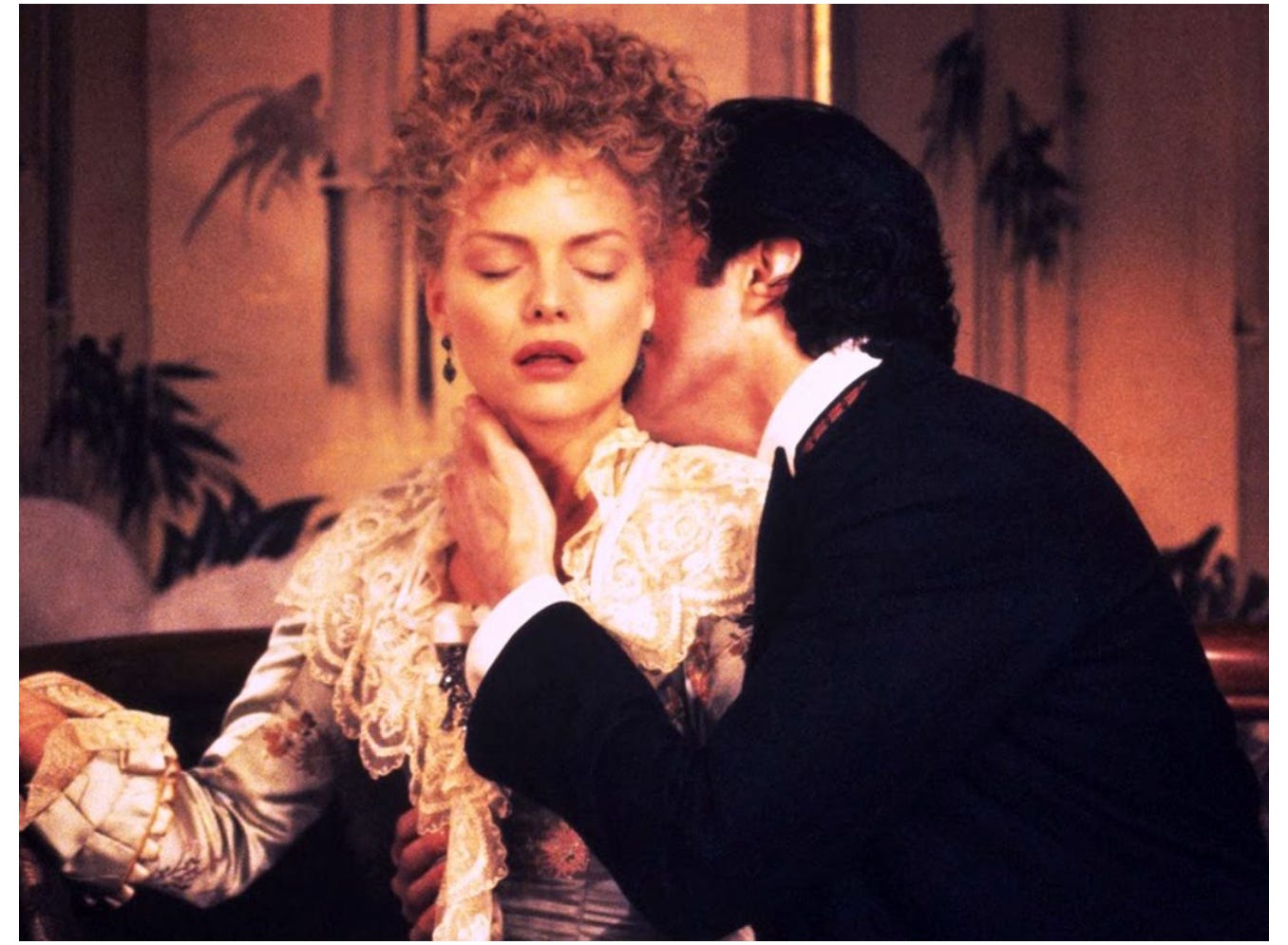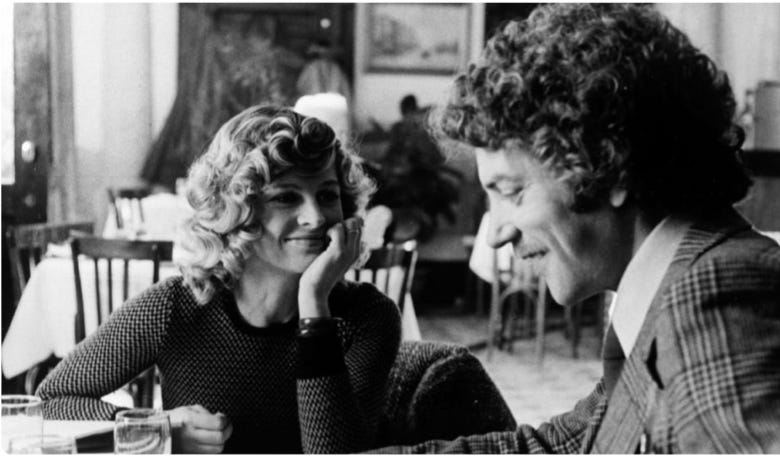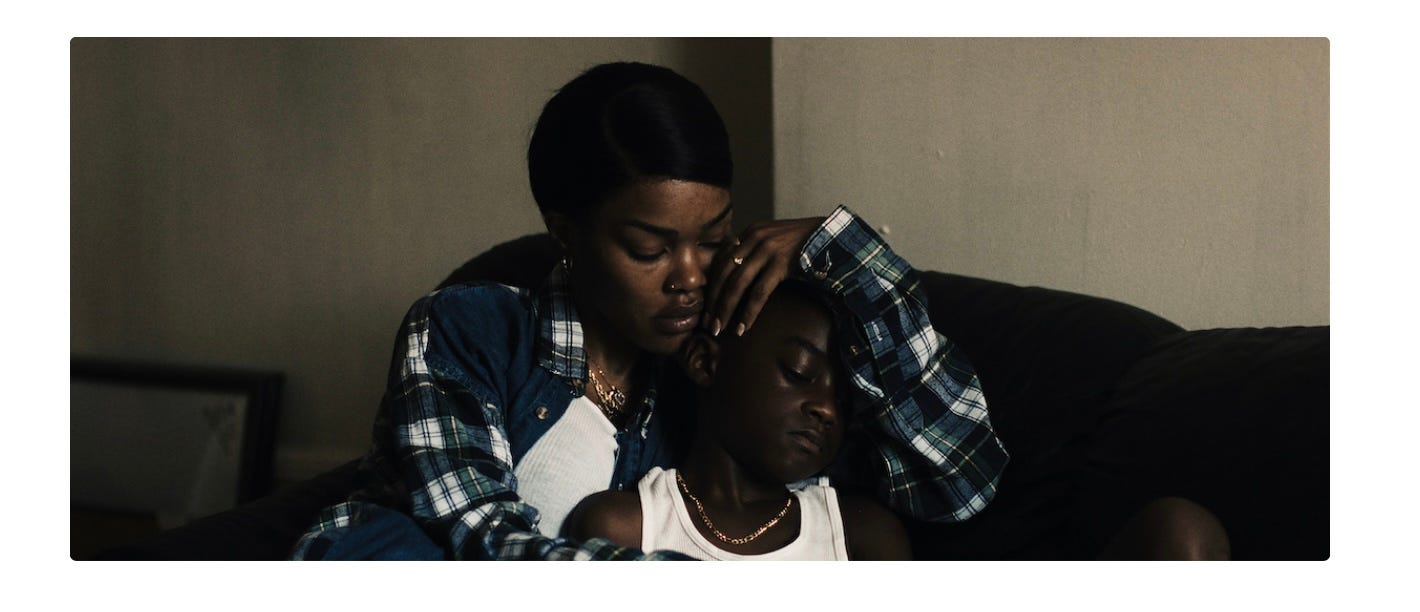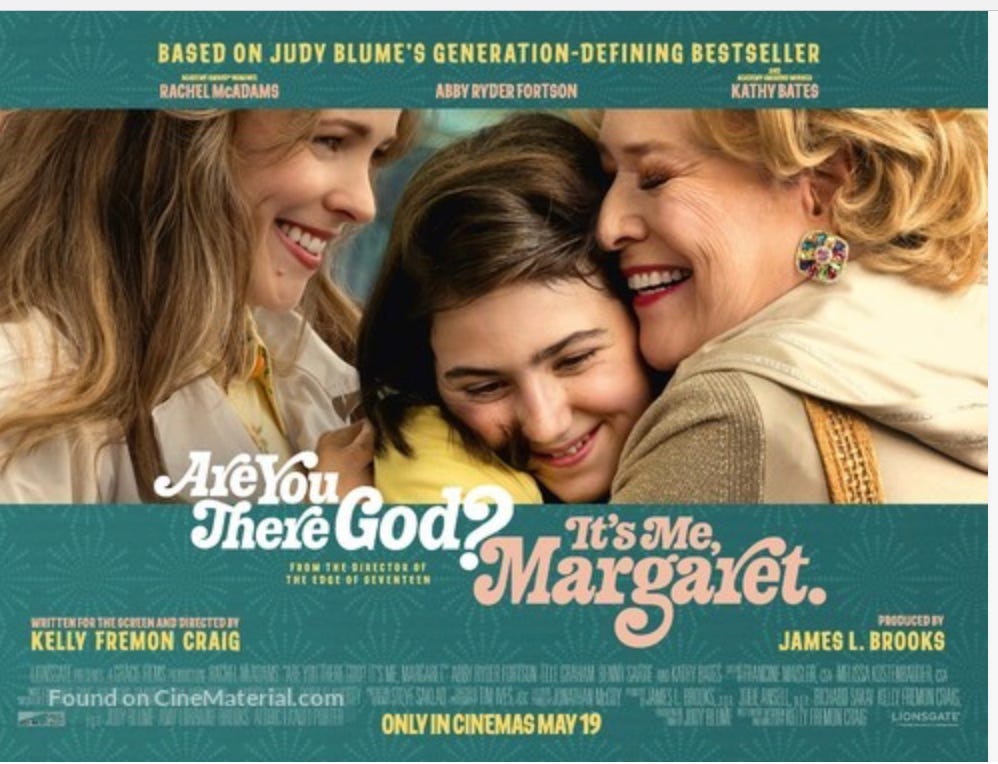So what’s a “kedgeree”?
I’d never heard the word “kedgeree” until my husband Edward, seeing me chopping up a bunch of vegetables, asked me what kind of kedgeree I was making. The word refers to an Indian dish of eggs and fish that the British stole—and of course, made much less delicious—in the days when they were an Empire. Which explains why my husband—of Scottish descent, from a family of British-educated elites—knew the term while I (descended from Polish/Russian Jewish immigrants) didn’t.
My husband only knows the term; he has no idea what kind of dish it refers to, and he uses “Kedgeree” indiscriminately whenever I make a dish composed of more than two ingredients. It amuses him. He’s entertained by the fact that he doesn’t actually know what it is, but likes the sound of it. He’s very into the sound of words, my husband. He teaches language and is so good at pronouncing foreign words that even though he looks like the Platonic form of the Yankee WASP, actual French and Russian people have taken him as a native speaker of their languages.
I personally can’t imagine how a cooked dish with hard-boiled eggs and fish together would taste good. 1I take it on faith that it does when prepared by someone who knows what they’re doing. But I’m an expert at “kedgerees” in the way my husband uses the term. I rarely use recipes. I open the fridge, check out what’s in there, pull out whatever hasn’t yet gotten too old and looks like it would go well together, then head to the pantry for things like stock, canned tomatoes, spices, etc. There’s almost always garlic, onions, and paprika in my kedgerees. They are Jewish kedgerees.
So is my brain. It’s a nomad, a hybrid, a diaspora brain. (If you subscribe to BordoLines or know my previous life as a writer of books, you know exactly what I mean.)
So I’m starting a new feature for BordoLines: improvisational but (I hope) tasty— sometimes media/political, sometimes tv/movies—of thoughts, rants, and recommendations. None of them deep dish or deconstructed (to continue the food metaphor) and not featuring one starring ingredient (I’ll still be doing that in other posts) but kedgerees.
This time: Movies you may have overlooked/avoided/once saw but forgotten how much fun it would be to see again, or have gotten swamped by the tidal wave of streaming series and Mega-Hits/Ten Best Lists, etc.
How did I form my selections? The same way I make my food kedgerees: I opened the door of my movie-brain and rummaged around. Here’s Part One of what I found:
Three Romantic Movies With Actors You Want to Look At Forever:
The French Lieutenant’s Woman
Meryl Streep and Jeremy Irons at the height (1981, director Karel Reisz) of their glamour, playing dual affairs, one between Charles, a conventional Victorian gentleman whose life comes apart when he falls in love with Sarah, a mysterious woman “with a past”; the other a cooler extramarital relationship between the two actors playing the roles of Charles and Sarah in a modern filming of the story. My idol Pauline Kael wasn’t thrilled with Streep, who she criticized (as she often did) as technically brilliant but lacking both the mystery and the sensuality of the Sarah of the John Fowles novel. Maybe. But she was so gorgeous to look at. And as I realized when making this list, I’m a sucker for movies about tortured love—especially if it’s the men that are tortured. I’m not a feminist sadist, it’s just such a delicious fantasy to have them be the ones who pine away and can’t eat for longing.
Atonement
More tortured love, this 2007 one, directed by Joe Wright, based on the novel by Ian McEwan, and starring James McAvoy (not usually one of my favorites, but very working-class appealing here), Keira Knightly, and Saoirse Ronan when she was still a child actor. The premise is existential: how one thoughtless action—a child’s (Ronan) misinterpretation of a breathless, against-the-wall sexual coming-together between the housekeeper’s son Robbie (McAvoy) and the elegant Cecilia (Knightly)—spills out disastrous consequences for all their lives. The time of the action is the Second World War. The ending, which I won’t disclose for those who haven’t seen it, is both beautiful and heart-breaking.
The Age of Innocence
After Mean Streets, Taxi Driver, Raging Bull, and Goodfellas (all of which I’ve seen many times) I wasn’t expecting a lush, historical drama in 1993 from Martin Scorsese. But it turns out he’s as much a master of the sumptuous as the gritty. The wry class-commentary (I’m sure a big reason why the novel appealed to Scorsese) comes straight from Edith Wharton. But the director, the cinematographer, the costumer, the set-designer, and stars (Daniel Day-Lewis, Michelle Pfeiffer, Winona Ryder, with a perfect narration by Joanne Woodward) make it so gorgeous it’s almost edible. And without a single naked scene, so sexy. The tentative stroking of a gloved hand in a carriage. The magnetic pull of outlawed desire, bringing them closer…and closer…and closer. His mouth is on her neck, then her shoe (her shoe!) He kisses her, and she looks like she won’t be able to resist. But now, in torment, she’s breaking away from him, reminded of his engagement and the society that will condemn them if they go further. Good grief, pass me my fan.
Two Entertaining Movies You May Have Avoided Because of the Personal Lives of the Directors:
Midnight in Paris
I don’t care what you think of Woody Allen’s life-choices. Or if you find it irritating that he always casts himself or nebbishy stand-ins for himself with spectacularly attractive women. This—Allen’s 41st film—is a movie my husband (who isn’t a fan of any other of Woody’s movies) and I see over and over. He loves the way the film captures the magic of Paris. But for me, the film is enduringly entertaining because of the amazingly perfect (and often hilarious) writing and casting of the historical characters that the hero Gil Pender (Owen Wilson) meets on his midnight excursions back in time. Hemingway (Corey Stoll) Gertrude Stein (Kathy Bates) Scott Fitzgerald (Tom Hiddleston) Salvador Dali (Adrien Brody). And others. They are all look and act exactly the way you’ve imagined them—perhaps because it’s largely through caricatures, famous photographs, and quasi-fictional mythology that we “know” them. But descriptions won’t do; let me show a scene that I can’t watch without cracking up:
Rosemary’s Baby (1968)
Pulanski’s genius—which many others have emulated since—was to “evoke menace and sheer terror in familiar routines” and settings. No haunted houses, no grotesque monsters. The coven of witches who engineer the Satanic rape and oversee Rosemary’s pregnancy—“it’s just some fresh herbs and vitamins, dontcha know”—seem just like any pestering old couple who live down the hall. Rosemary and her ambitious husband Guy (who has struck a deal with the devil) hang wall-paper, make fondu, browse NYC bookstores, and have parties just like any ordinary over-privileged yuppie couple. Rosemary has nice girlfriends who cluck over her when she’s getting too thin and pale (even for Mia Farrow in her most waif-like role.) And Charles Grodin (as the young, modern-minded obstetrician whose aid she seeks when she realizes what’s going on) looks like such a nice, pleasant guy that viewers are as shocked as Rosemary when he (unwittingly) hands her over to the coven. Nothing portends evil as in the typical horror movie. The music is a “lalala” lullaby (sung in the soundtrack by Farrow) that only sounds creepy because we know she’s not going to be rocking a darling Gerber baby. Those “health” shakes Minnie Castevet (Ruth Gordon, whose jangling jewelry enters every room before her) are not really “packed with vitamins” and that baby has the strangest eye
Two Great Thrillers That Still Will Jolt You
In the Cut
If you’re not a Jane Campion fan, you probably won’t like this 2003 movie. But I am a fan, and I couldn’t disagree more with the “consensus” of Rotten Tomatoes that in the film, Campion “gets tangled in her own abstraction.” The last thing I’d call In the Cut is abstract. Plastically enhanced “perfect” movie-bodies are visual abstract(ions) from actual flesh. Smooth desire without danger or vulnerability is a movie-abstraction from actual sexuality. Franny Avery (Meg Ryan, in the darkest, most non-cutesy, and probably the only truly erotic role of her career) is tense, alive, obsessed, watchful and watching. And the underbelly world of the movie is seen entirely through her experience, including her unwholesome, steaming seduction by Mark Ruffalo, a detective who exudes both dangerous and protective maleness. In the Cut makes you realize that the conventions of most thrillers are handed down from one male director to another, and it cuts right through them. But be forewarned: The defiance of those conventions involves some disturbing images.
Don’t Look Back
Nicholas Roeg’s 1973 horror-film has two unforgettable images. No one who has watched the film can ever see a small person in a red raincoat running across an alley in same way again. The other is not so much an image as a sequence, in which Roeg intercuts images of Laurie and John (Julie Christie and Donald Sutherland) getting dressed for dinner with loving but raw shots of the sex that preceded their relaxed, intimate preparations for going out. (The sex seemed so real that there were rumors for years that Christie and Sutherland had actually had intercourse, and Warren Beattie, who was dating Christie at the same, tried to get the movie killed.) Doesn’t seem very controversial now? The startling fact is that it’s still moving and unexpected. It’s not the bodies. It’s the intimacy. It’s still rare, in 2023, to see believable sexual intimacy. In fact, it may have gotten even more rare the more conventional—no, more precisely, obligatory—sex scenes have become. And in Don’t Look Back, that intimacy, which comes early in the movie, is followed by unsettling (at first), then stark (later) horror. The ending may be the most terrifying of any horror film, before or since.
Two “Small” Wonderful 2023 Movies Now Available on TV
A Thousand and One
Don’t pay any attention to the white guy on the “Roger Elbert” review site who gave “A Thousand and One” (written and directed by A.V. Rockwell) just three stars and complained about the ending. I’m pretty sure Ebert himself would have give it more of himself. You have to watch this film—one of the best I’ve seen in years—with no conventional expectations. Savor the faces, let your heart break with the story, hear how much is communicated between people (and hid from each other) in silence and then words you wait for, sometimes get, sometimes don’t, and sometimes take your breath away. The beauty of the characters is overwhelming. The scenes between mother (Inez de la Paz) and her young son (Aaron Kingsley Adetola; Aven Courtney) their heads nestled, are almost unbearable in their sweetness. People don’t change according to movie-time pace, driven by plot. They move slowly and laboriously through life, and every victory is earned. The ending, which the Elbert reviewer saw as an arbitrary and unecessary “twist” is nothing like that. It’s the culmination of everything the movie is about.
Are You There God? It’s Me, Margaret
Believe it or not, I had never heard of “Are You there God? It’s Me Margaret” until recently. In 1970, when the book was published—with a recommended age level of 9-12–I was 23 years old and my life was more like that of author Judy Blume’s herself, stuck in a first marriage that wasn’t working out. When I was Margaret’s age in the book—for me, that would be the very end of the fifties—we were a little more experimental and a lot less wholesome than Margaret and her friends. And there was no Judy Blume to read. In fact, there was no such thing as “young adult” fiction.
After I saw the movie of “Are You There, God?” (Adapted and directed by Kelly Friedman Craig) I read the book for the first time, and to be honest, liked the movie a lot more. The book was ground-breaking for decades but now seems stale (sorry, I know that will horrify Blume fans who see it as a “sacred text”.) Written from Margaret’s point of view as a child living her life—not looking back—in the 1970’s, it logically doesn’t have much in the way of period detail. Blume didn’t paint a picture of what the girls were wearing (other than no socks under loafers), what the furniture in their living room looked like, or what kind of dances they did in the basement. The movie does that, And paradoxically, putting Margaret’s (Abby Ryder Fortson) life more squarely in its time and place is what refreshes it. Contemporary girls of Margaret’s age can laugh at the relics of “sanitary pads” and training bras while being reassured that secret anxieties—theirs even more tormenting than Margaret’s, because they aren’t supposed to have them—have always been a feature of growing up female. And those of us who did live through a less knowing time can have the pleasure of more precise recognition.
Still to come in in Part Two of my Movie Kedgeree:
Aftersun
Avalon
Lovely and Amazing
McCabe and Mrs. Miller
Barry Lyndon
Alice Doesn’t Live Here Anymore
Broadcast News
And P.S.: Some News That I Owe All to You, my Wonderful Subscribers!
I leaned a few more about kedgerees when I posted about the term on Facebook. It generated a lively conversation in which:. I found out that for contemporary Brits it contains smoked fish and boiled eggs on curried rice. I found out from one Indian friend that it’s probably related to “khichari”, a dish of lentils, rice, and veggies. From a Scottish friend I found out it’s a common breakfast choice at B&B’s in Scotland, “and with plenty of smoked haddock quite tasty.” I found out that Peruvians eat a similar dish, called “chupe de camarones,” made with shrimp and boiled or fried eggs and a creamy milk finish. I found out that Meryl Streep as Margaret Thatcher in “Iron Lady” makes a version for her cabinet. I have wonderful Facebook friends.












Congrats on reaching 1000! How long did that take? As for forgotten gems, I was going to tell my kids that they should watch REDS, and my son said: Yeah, John Malkovich is great in that. I just shook my head before trying to explain the difference a single letter can make. But still, what a great movie.
Loved Barry Lyndon and have the soundtrack on an album somewhere ... 🥰